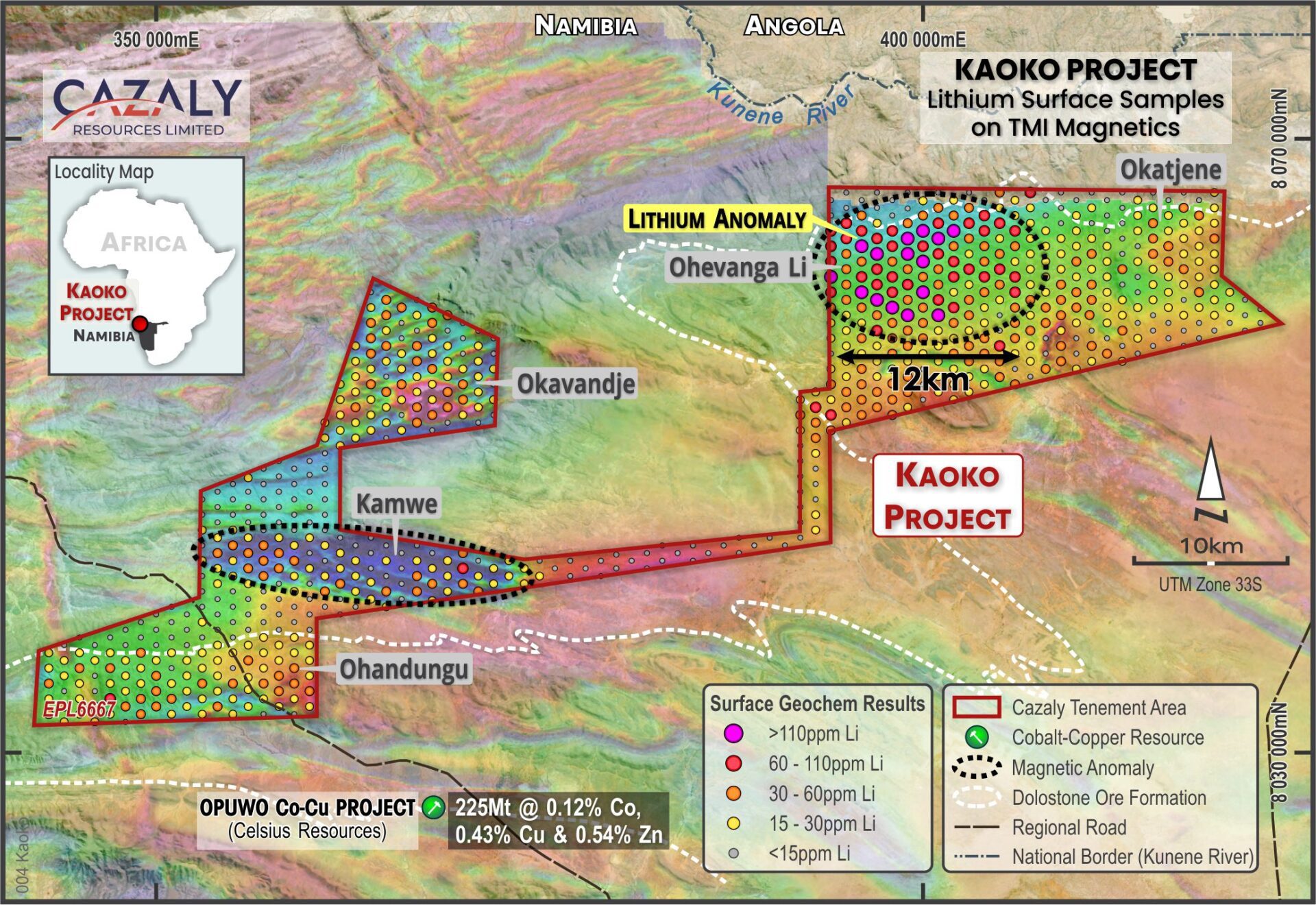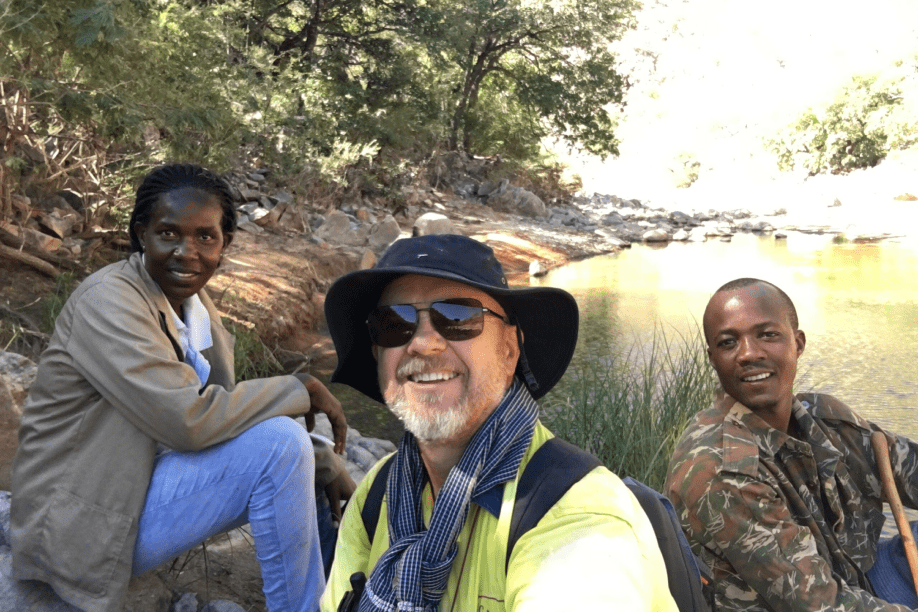
Kaoko Lithium Project
Latest Announcements

13 November, 2023
Drilling Planned to test large Lithium Target at Kaoko

24 March, 2023
Critical Minerals Update – Namibian Projects

12 December, 2022
Surface Sampling Completed on Large Namibian Lithium Target



